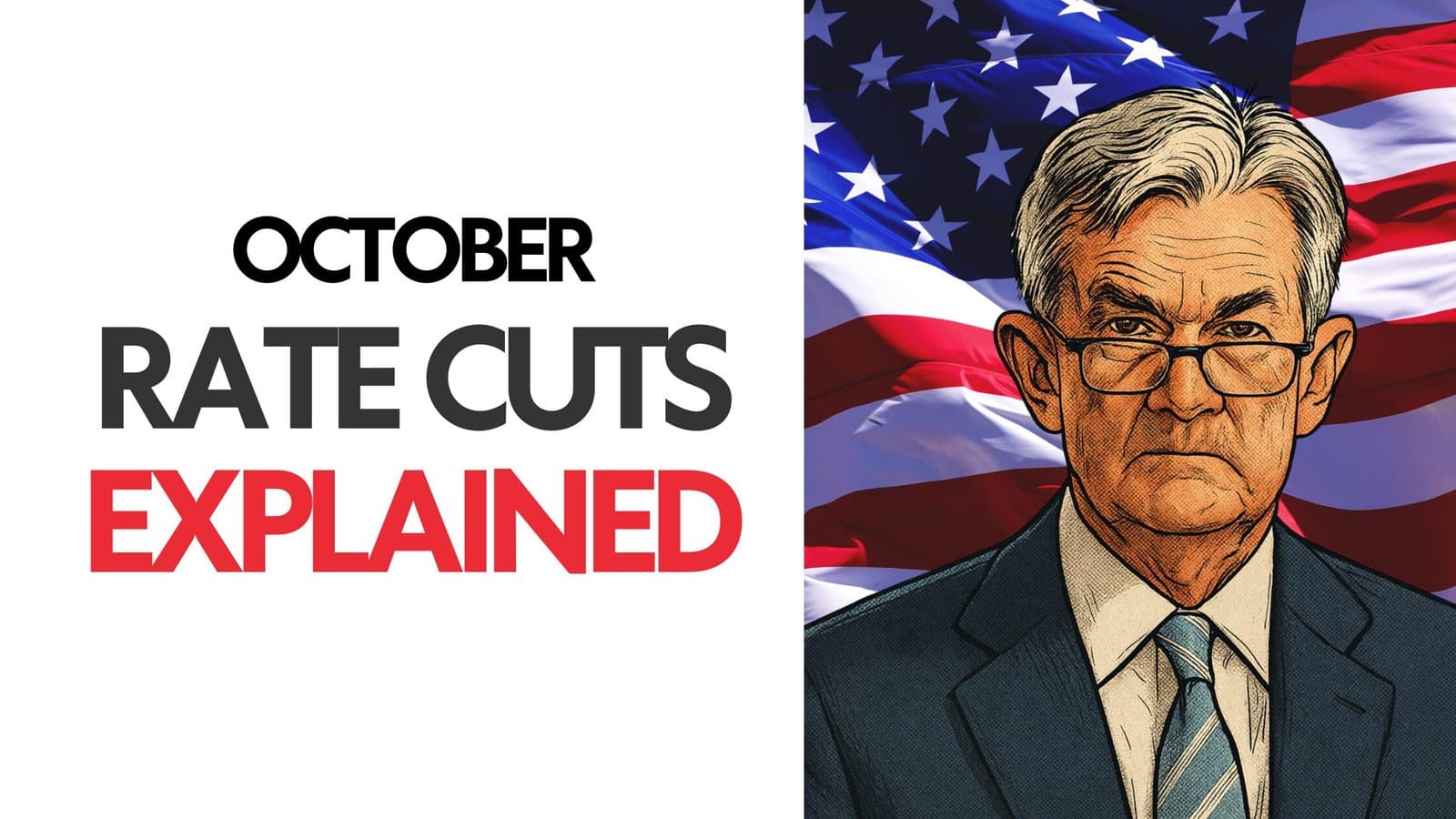
The Fed’s 25 bps rate cut triggered $700M in crypto liquidations but may fuel the next bull run. Here’s what it means for crypto.
Author: Tanishq Bodh
Published On: Wed, 29 Oct 2025 20:50:45 GMT
On October 29, 2025, the U.S. Federal Reserve cut its benchmark federal funds rate by 25 basis points, lowering the target range to 3.75%–4.00% (the lowest level in three years.) The decision, marking the second cut of 2025, reflects growing concern over a softening labor market and data gaps caused by the ongoing government shutdown.
While the move was widely expected, markets reacted with typical whiplash. Stocks wavered, yields rose, and Bitcoin slipped below $110,000, triggering more than $700 million in liquidations. The cut that was meant to calm nerves instead sparked volatility. Yet, beneath the noise, this policy shift could set the stage for a major liquidity wave and a bullish setup for crypto in the months ahead.
This explained article unpacks what happened, why it matters, and how this rate cut reshapes the macro outlook for digital assets.
The FOMC statement cited a “shift in the balance of risks,” signaling concern over rising unemployment and weakening data flow. Economic growth remains “moderate,” but job gains have slowed and inflation, though “somewhat elevated,” is edging closer to the 2% target.
Key policy details:
The decision underscored caution rather than aggression, a measured pivot rather than a full-blown easing cycle.
Chair Jerome Powell struck a hawkish tone, tempering market expectations for further cuts.
Key takeaways:
Markets disliked the ambiguity. Futures trading on Kalshi slashed December cut odds from 90% to around 75%.

This isn’t the inflation war of 2022, it’s preemptive defense against a jobs slowdown and data uncertainty.
Crypto’s reaction was swift and brutal. Over-leveraged longs got caught off guard by Powell’s cautious stance.
Analysts called it a “sell-the-news” reaction, the market priced in the cut, but Powell’s tone crushed short-term exuberance.
Lower interest rates reduce yields on savings and bonds, driving investors toward higher-risk, higher-return assets. Historically, Bitcoin thrives during easing cycles as liquidity hunts for yield.
The Fed ending its balance sheet reduction on December 1 effectively adds new liquidity to financial markets. Reinvested capital flows to banks, credit markets and risk assets like crypto.
Rate cuts typically weaken the U.S. dollar (DXY), which correlates positively with Bitcoin performance. A softer dollar fuels global inflows into crypto as investors seek hedge assets.
Liquidity expansions often precede explosive crypto cycles, volatility first, upside later.
The market still faces short-term headwinds:
If the Fed pauses in December, expect a sideways grind into year-end. But further weakness in jobs or growth could reopen the floodgates for additional cuts, a scenario that historically ignites crypto rallies.

Analysts like Michael Saylor argue the current setup mirrors late 2020 “a perfect storm for a crypto melt-up.”

